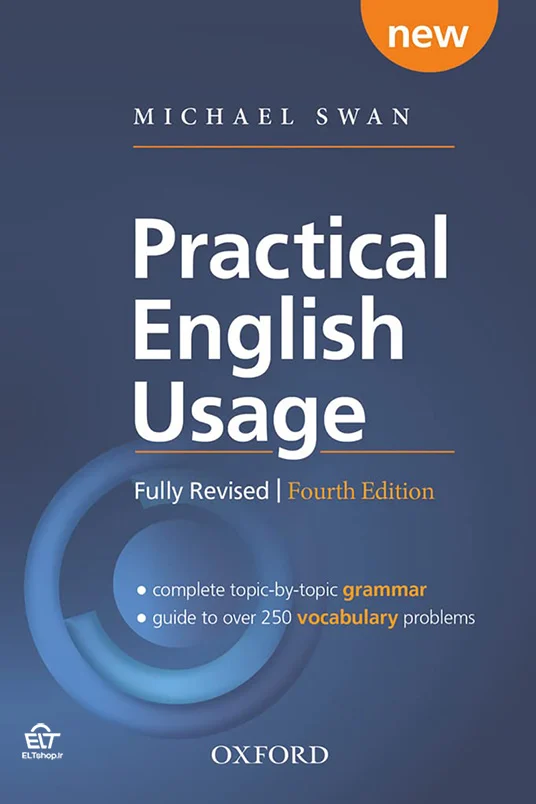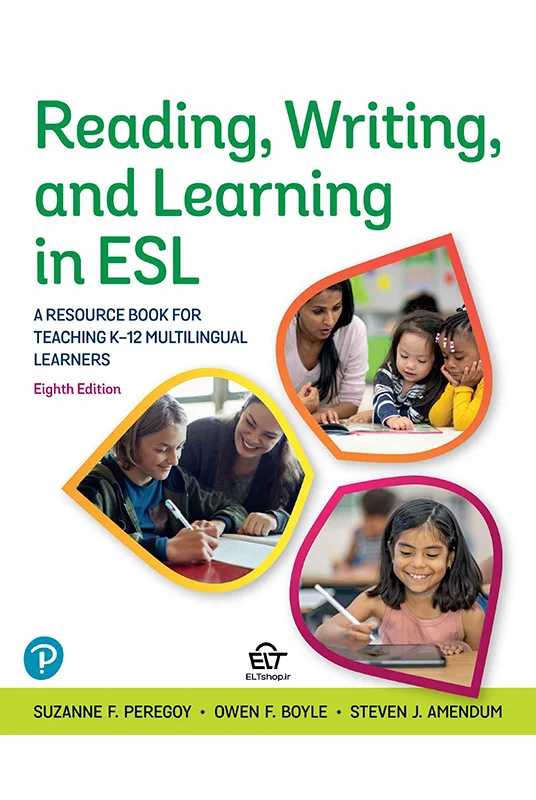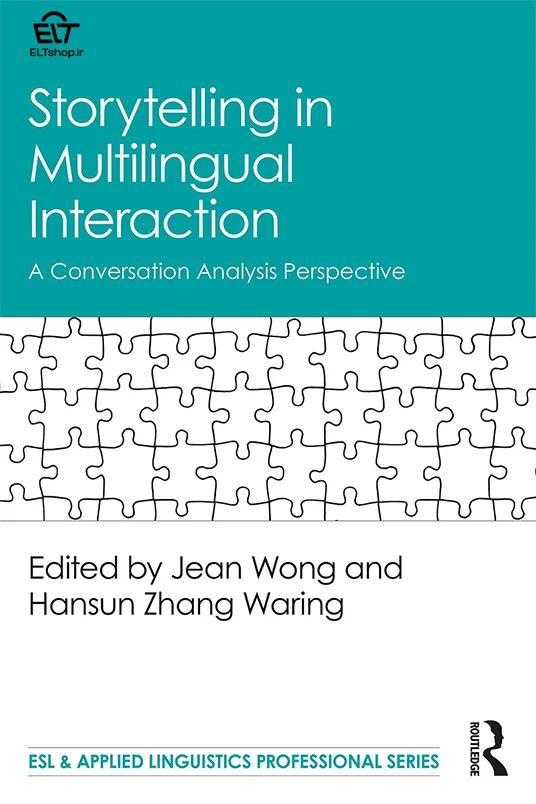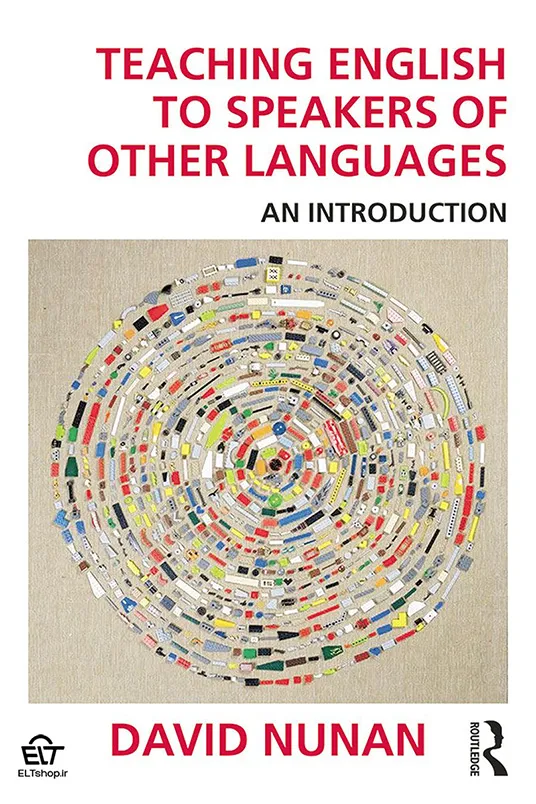کتاب Practical English Usage برای هر معلم، معلم تازهکار یا زبانآموز سطح پیشرفتهای که به دنبال پاسخ به سوالات مربوط به زبان انگلیسی است، توصیه میشود. محتوای کتاب در دو بخش (دستور زبان و واژگان) سازماندهی شده است که پیدا کردن پاسخها را هم بهصورت آنلاین و هم در چاپ، آسانتر از همیشه میکند.
بخش ۱ شامل یک دستور زبان عملی کامل برای زبانآموزان است که ۲۸ بخش را دربرمیگیرد و به تمام نکات ساختاری که برای زبانآموزان مشکلساز است، پرداخته میشود.
بخش ۲ راهنمایی برای مشکلات واژگانی است که شامل:
- قوانین تشکیل کلمات و املای آنها
- بررسی حوزههای واژگانی با اولویت بالا
- راهنمای الفبایی برای بیش از ۲۵۰ مشکل واژهای رایج
بیش از ۶۰۰ مدخل در این کتاب به سوالات معمول زبانآموزان پاسخ میدهد، بهعنوان مثال:
- استفاده از زمانها
- حقیقت درباره جملات شرطی
- مشکلات مربوط به حروف تعریف
- استفاده از «they» بهعنوان ضمیر مفرد و…
علاوه بر این:
- دستور زبان گفتار و نوشتار رسمی
- تفاوتهای بریتانیایی-آمریکایی
- مسائل مربوط به سبک و اصطلاحات
- تغییرات در زبان انگلیسی
- ادب و احترام و…
این کتاب منبع مفیدی است برای هر کسی که به یادگیری زبان انگلیسی علاقهمند است.
Practical English Usage is recommended for any teacher, trainee teacher, or advanced-level student looking for answers to questions about the English language. The material is now organised in two parts (grammar and vocabulary), making it easier than ever to find the answers, either online or in print.
Part 1 is a complete practical learner’s grammar with 28 sections, covering all the structural points that cause problems for learners.
Part 2 is a guide to vocabulary problems covering:
– rules for word formation and spelling
– a survey of high-priority vocabulary areas
– an A-Z guide to over 250 common word problems
The 600+ entries provide answers to the questions that learners typically ask, for example:
– use of tenses
– the truth about conditionals
– article problems
– singular they
– get as a passive auxiliary
– bring or take?
– can, could, may or might?
– classic or classical?
– the language of emails
– rules for word formation and spelling
Plus:
– the grammar of speech and formal writing
– British-American differences
– questions of style and idiom
– changes in English
– politeness
– avoiding offensive language
– a survey of high-priority vocabulary areas
– a guide to over 250 common vocabulary problems
– lists of learners’ most common mistakes





